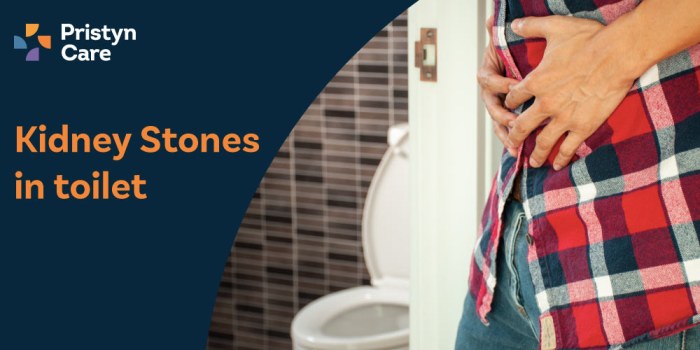![]() Views: 207
Views: 207
Kidney Stones in Toilet: What It Means & What to Do Next
Noticing kidney stones in the toilet can be alarming, but it's often a sign that a stone has successfully passed through your urinary...
tract. However, passing a stone does not always mean your treatment is complete. Here's everything you need to know. Read moreDedicated Support at Every Step!
Our Doctors are available 24 hours a day, 7 days a week to help you!
Table of Contents
What Are Kidney Stones?
Kidney stones are hard mineral and salt deposits that form inside the kidneys due to concentrated urine or dietary factors. When small, they may pass out of the body through urine, sometimes visible in the toilet.
No Cost EMI, Hassle-free Insurance Approval
Can You See Kidney Stones in the Toilet?
Yes, if the stone is small enough to pass naturally, it may appear in the toilet bowl. It may look like:
A small, gritty grain or crystal
Yellow, brown, or white speck
Rough, jagged, or smooth texture depending on the type
Sometimes accompanied by blood-tinged urine
Symptoms You May Experience While Passing a Stone
If you see a kidney stone in the toilet, you might have already experienced symptoms like:
Sharp pain in lower back or sides (renal colic)
Burning sensation while urinating
Frequent urge to urinate
Blood in urine (pink or reddish)
Nausea or vomiting
What to Do If You See a Kidney Stone in the Toilet?
Collect the stone: Use a strainer to catch it. Doctors may analyze it to determine its type.
Stay hydrated: Continue drinking water to flush remaining particles.
Consult a urologist: Especially if pain persists or stones recur.
When Is Surgical Treatment Needed?
Passing a stone doesn’t guarantee complete recovery. You may need surgical intervention in cases such as:
Stone size > 6mm
Severe or persistent pain
Multiple recurrent stones
Blockage in urinary tract
Signs of infection
Common Surgical Options for Kidney Stones
| Procedure Name | Description | Used For Stones Size |
|---|---|---|
| URSL | A thin scope inserted via urethra to remove or break stone | Up to 10 mm |
| RIRS | Advanced laser technique through flexible scope | 10–20 mm |
| PCNL | Minimally invasive procedure through a small back incision | > 20 mm |
| ESWL | Shock wave therapy to break stones into passable fragments | < 15 mm |
Preventive Tips After Passing a Kidney Stone
Drink 2–3 liters of water daily
Limit salt and animal protein intake
Avoid high-oxalate foods (e.g., spinach, chocolate)
Monitor calcium and vitamin D supplements
Follow up with a urologist regularly
Final Thoughts
Seeing a kidney stone in the toilet could indicate a successful natural expulsion, but it’s essential to understand the underlying cause and risk of recurrence. Consult a specialist for stone analysis and further guidance on prevention or treatment options, including laser or minimally invasive surgery if required.











